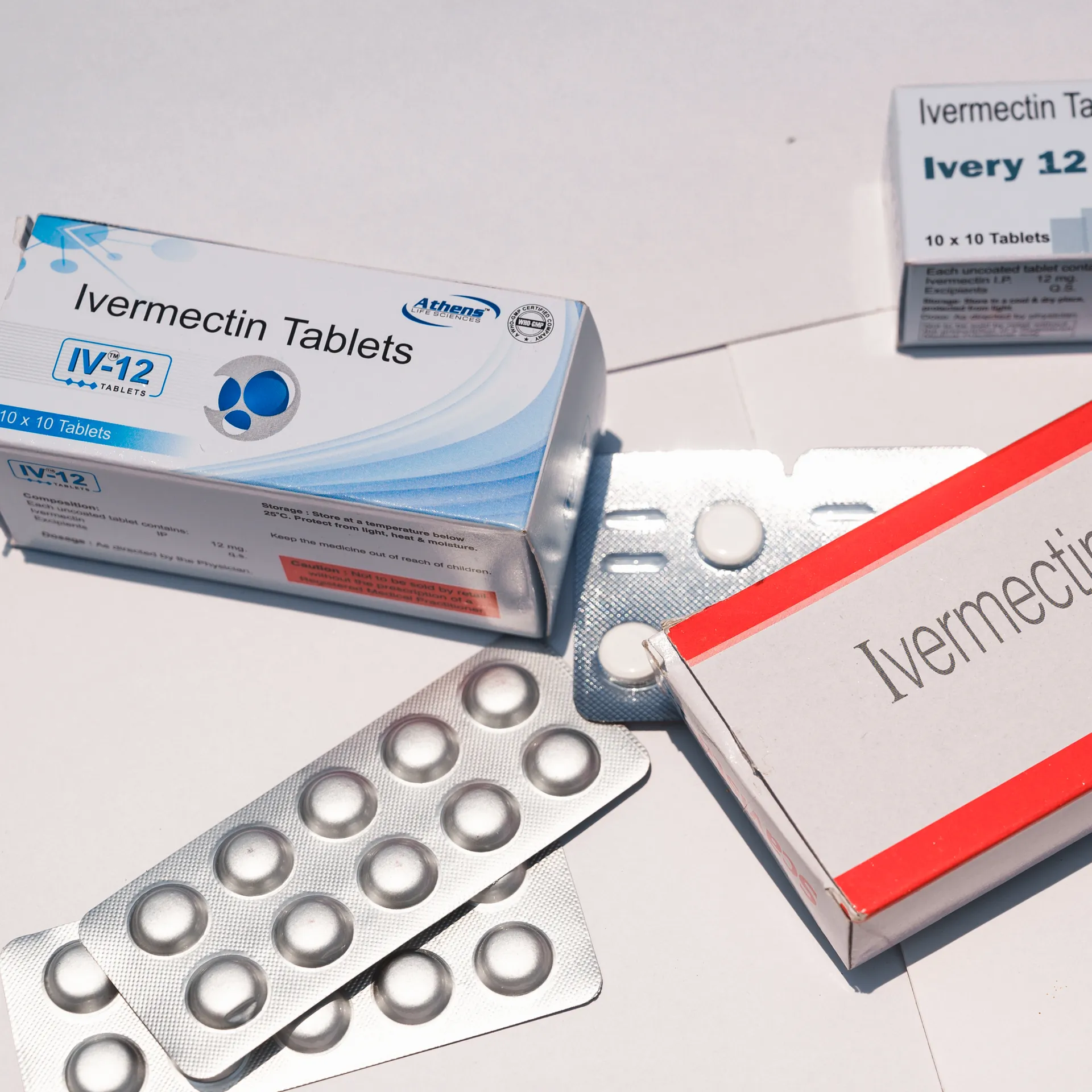Ivermectin is a broad-spectrum antiparasitic agent used extensively in both human and veterinary medicine. While generally considered safe when used appropriately, it’s essential to understand the correct dosage, potential side effects, and possible drug interactions to ensure its safe and effective use. Misuse or inappropriate dosing—especially across different species or formulations—can lead to serious adverse outcomes.
Correct Dosage of Ivermectin
In Humans:
General Adult Dosage:
Strongyloidiasis: 200 mcg/kg orally once daily for 1–2 days.
Onchocerciasis (River Blindness): 150 mcg/kg orally as a single dose every 6–12 months.
Scabies: 200 mcg/kg orally, usually repeated in 1–2 weeks.
Rosacea (topical): Apply ivermectin 1% cream once daily to affected areas.
Pediatric Use:
Generally used in children over 15 kg; dose is weight-based (typically 200 mcg/kg).
Topical Use:
Used for mild skin conditions like scabies or rosacea, applied once daily. Not intended for internal infections.
Note: Always follow physician-prescribed dosing and product instructions. Overuse or self-medication, especially with veterinary formulations, can be dangerous.
In Animals:
Dogs/Cats:
Heartworm prevention: 6 mcg/kg monthly (oral tablets like Heartgard).
Mange and mites: 200–400 mcg/kg, may be repeated depending on severity and veterinary guidance.
Cattle/Horses:
Internal parasites (worms): 0.2 mg/kg orally or via injection.
External parasites (lice, mites): Pour-on ivermectin products are often used.
Potential Side Effects
In Humans:
Common Side Effects:
Nausea
Dizziness
Fatigue
Diarrhea
Headache
Less Common but Serious:
Skin rash or itching (especially with parasite die-off)
Hypotension (low blood pressure)
Visual disturbances
Hepatic (liver) enzyme elevation
Neurological effects (rare): confusion, seizures, ataxia (lack of coordination)
Special Note:
In onchocerciasis, ivermectin can trigger a reaction called Mazzotti reaction, which includes fever, rash, swollen lymph nodes, and joint pain—due to the death of microfilariae.
In Animals:
Common in Dogs and Cats:
Vomiting
Diarrhea
Lethargy
Tremors (in sensitive breeds or overdose)
In Livestock:
Rare at therapeutic doses, but overdose may cause:
Loss of appetite
Neurological symptoms (ataxia, blindness, coma)
Respiratory depression
Drug Interactions
In Humans:
Warfarin: May increase anticoagulant effects—monitor INR closely.
CYP3A4 inhibitors (e.g., ketoconazole, ritonavir): May increase ivermectin levels in the blood, raising the risk of toxicity.
Other antiparasitics or neuroactive drugs: Can increase the risk of central nervous system side effects when combined.
In Animals:
Spinosad (in flea control products): When combined with ivermectin, especially in dogs, may increase the risk of neurologic side effects like tremors or seizures.
Other macrocyclic lactones (e.g., moxidectin): Combining drugs of the same class increases toxicity risk.
Safety Tips for Use
Always use species-appropriate formulations—never give a pet a human version or vice versa.
Weigh the patient accurately to calculate dosage correctly.
Monitor closely after first-time administration, especially in sensitive animals or pediatric patients.
Report any side effects immediately to a healthcare provider or veterinarian.
Never use veterinary ivermectin in humans due to concentration differences and added ingredients.
Conclusion
Ivermectin is a highly effective medication when used with care. Understanding the proper dosage, monitoring for side effects, and avoiding harmful interactions are essential to using this medication safely in both humans and animals. When in doubt, always consult a medical or veterinary professional before beginning treatment.





